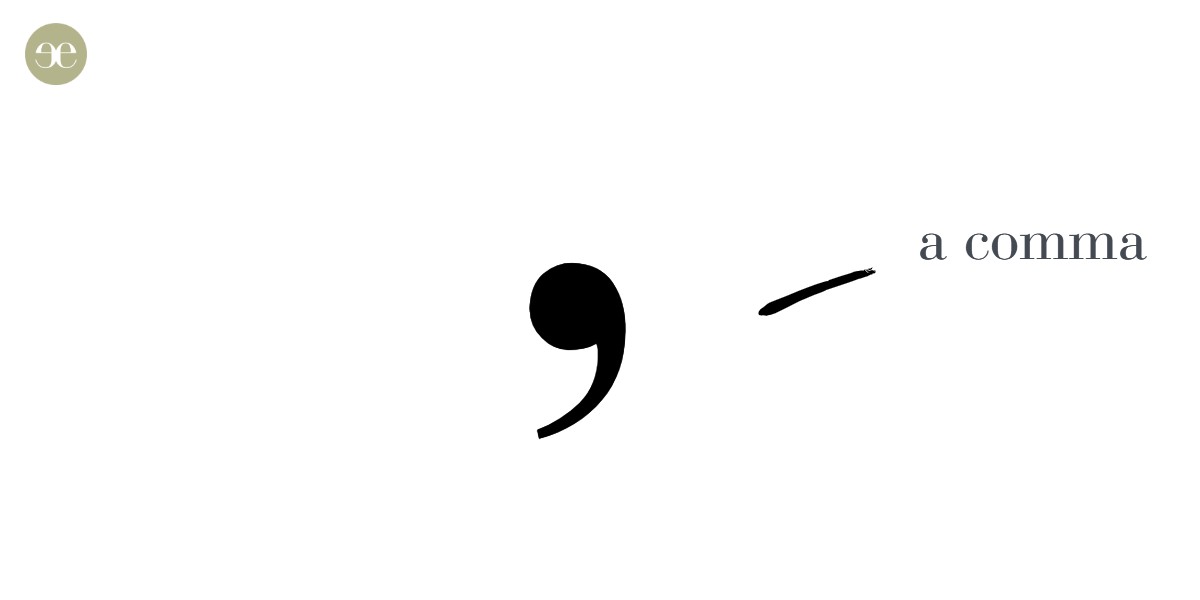Copy editing: commas, consistency and clarity
by Claire Niven
 >
>
You want your audience to read your website, press release or article. The words you use matter, and mistakes can undermine your message. This is where a copy editor can help.
So, what exactly is copy editing?
Copy editing is the review and edit of text to improve readability. Think of it as fresh pair of eyes on your writing. A copy editor will spot and fix mistakes and suggest stylistic improvements, so you get error-free, coherent and accurate copy.
What does a copy editor do?
A copy editor greases the wheels for the reader.
It’s their job to ensure the text is easy to read, follows a clear structure and has no grammatical mistakes. To do this well, a copy editor must understand who the audience is since this will influence the language and the writing style. Armed with this information—and a trusty dictionary—they correct spelling, grammar, punctuation, word order and use of tense.
They look at the big picture to make sure the text flows coherently and that the language is appropriate for the target audience. They cut out unnecessary words and pay attention to tone. And they also double as sleuths to check for accuracy. Copy editors are used to following style guides for consistency, so be sure to share your house rules if you have any.
5 simple stages of copy editing
1. Determine what type of edit required
There are various levels of editing depending on your needs. This can vary from light editing to a more detailed, substantive editing.
Light, or medium editing will check for grammar, spelling and punctuation issues. It will ensure the style of writing is consistent and look at the flow and tone of the text. It will fix wordiness, change passive sentences, suggest alternative vocabulary, remove jargon, rephrase vague wording, identify style inconsistencies, and correct commonly confused words.
Substantive editing goes deeper into the structure and writing style. It looks at the bigger picture and can involve reorganising text into a logical order, improving transitions or adjusting the tone of voice.
And lastly, a native English copy editor will also keep an eye on cultural or country-specific references and will be able to help identify idioms and figures of speech that may be misunderstood by a reader from another culture.
2. Initial read through
A copy editor begins by reading through the text to get an overall feel. They may also do a more detailed second read through to create a list of style points to address such as text flow, structure and recurring grammar issues.
3. Editing work begins
Here a copy editor runs through the text line by line making edits using tracked changes. They use tracked changes so you can see the revisions. Everything is checked from heading to bullet points, charts to tables. They consult relevant style guides to ensure consistency.
Copy editors can usually edit in a range of formats from Word, PDFs, InDesign or even on paper, if required.
Speed of editing will vary depending on the complexity of the text, and the copy editor’s level of experience or knowledge of the subject. On average, you can expect a copy editor to edit around 1,000-1,500 words per hour.
4. Final check
This is the last read through to catch anything missed. It's easy to introduce an error, particularly if a lot of revisions have been made.
5. Return edited document to client
Most copy editors send two revised versions to the client: one with the tracked changes for reference and one clean version. In addition, the edited document may contain comments which raise a query or provide more detailed explanation. A copy editor will not usually give a reason for each revision made, but they will be happy to explain if you ask.
Copy editing is more than just keeping your commas in line, it is a way improving your company's written content and getting your message to reach your audience in the best way possible.